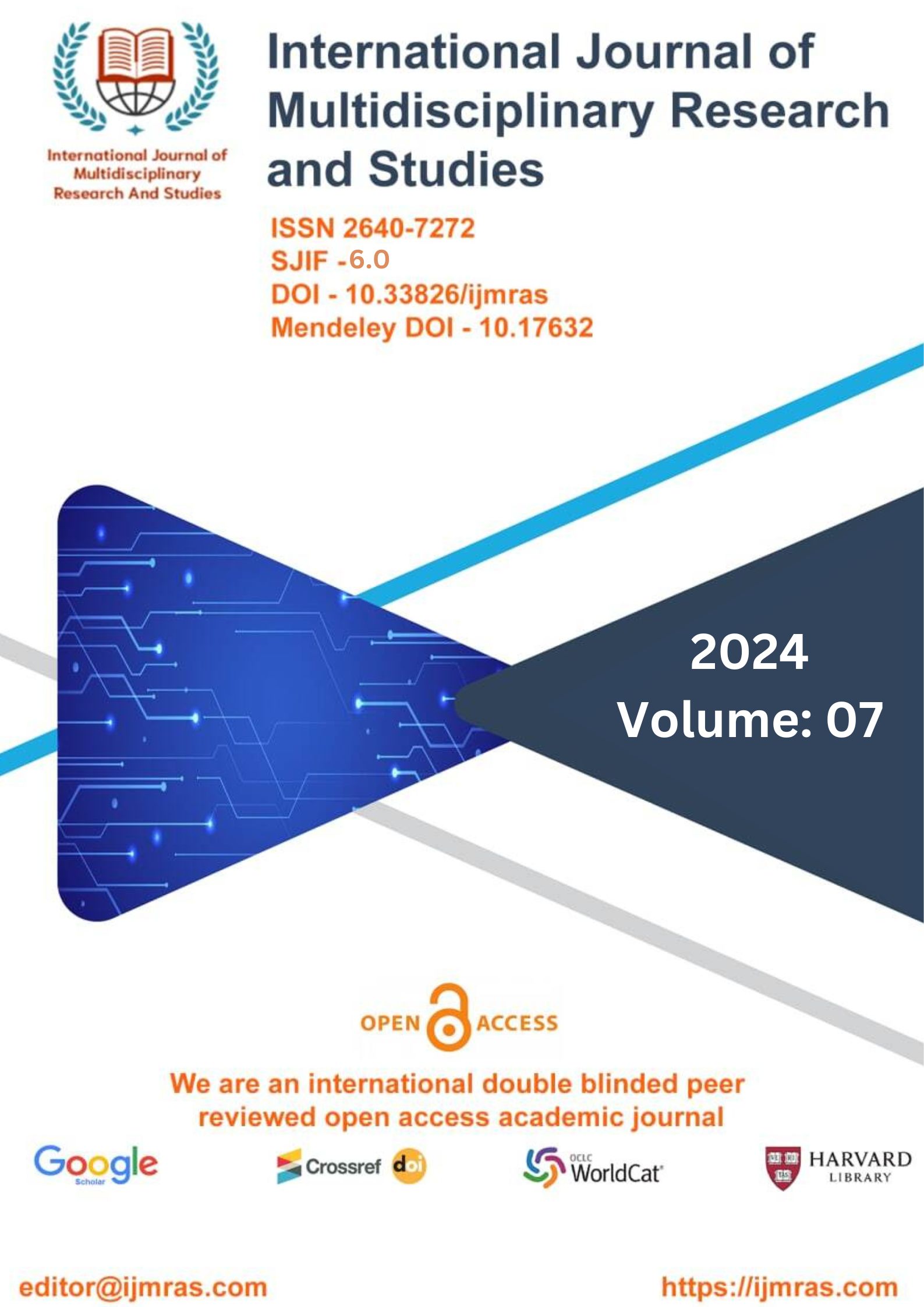Exploration and Practice of the Pre-Operational Urban Organic Renewal 3.0 Model: A Case Study of Baotou Hongjie Renewal and Renovation

Abstract
China's urban development has entered a stage of stock renewal, transitioning from extensive outward expansion to intensive intrinsic development in line with the overarching goals of "high-quality development" and "new quality productivity." This paper uses the redevelopment of the historical and cultural district of Baotou Red Street as a case study. From the perspective of pre-operational planning, it examines the current issues faced in China's urban organic renewal. The study explores market-oriented strategies and innovative practice models for urban organic renewal from various dimensions, including spatial characteristics, renewal ideas, business pattern creation, and operational strategies.
Keywords
Urban Organic Renewal, Pre-Operational Planning, New Quality Productivity, High-Quality DevelopmentHow to Cite
References
ference
• Ademi, Z., Ackerman, I. N., Zomer, E., & Liew, D. (2021). Productivity-adjusted life-years: a new metric for quantifying disease burden. Pharmacoeconomics, 39(3), 271-273.
• Bai, Y., Zhou, W., Guan, Y., Li, X., Huang, B., Lei, F., . . . Huo, W. (2020). Evolution of policy concerning the readjustment of inefficient urban land use in China based on a content analysis method. Sustainability, 12(3), 797.
• Bolzonella, D., Mıcoluccı, F., Battısta, F., Cavınato, C., Gottardo, M., Pıovesan, S., & Pavan, P. (2020). Producing biohythane from urban organic wastes. Waste and biomass valorization, 11(6), 2367-2374.
• Dilmurodovich, D. S. (2023). Selection of New Genotypes of Winter Chickpeas with High Productivity, High Photosynthetic Productivity, Resistance to Fusariosis Disease and Adaptation to Mechanism. Lampyrid: The Journal of Bioluminescent Beetle Research, 13, 117–126-117–126.
• Hong, Y., Liu, W., & Song, H. (2022). Spatial econometric analysis of effect of New economic momentum on China’s high-quality development. Research in International Business and Finance, 61, 101621.
• Hu, Y., Cai, X., Du, R., Yang, Y., Rong, C., Qin, Y., & Li, Y.-Y. (2022). A review on anaerobic membrane bioreactors for enhanced valorization of urban organic wastes: Achievements, limitations, energy balance and future perspectives. Science of the Total Environment, 820, 153284.
• Li, B., Wang, J., Wang, J., Zhang, L., & Zhang, Q. (2021). A comprehensive study on emission of volatile organic compounds for light duty gasoline passenger vehicles in China: Illustration of impact factors and renewal emissions of major compounds. Environmental research, 193, 110461.
• Li, J., Sun, S., & Li, J. (2021). The dawn of vulnerable groups: The inclusive reconstruction mode and strategies for urban villages in China. Habitat International, 110, 102347.
• Liu, L., Ding, T., & Wang, H. (2022). Digital economy, technological innovation and green high-quality development of industry: A study case of China. Sustainability, 14(17), 11078.
• Matthews, T., & Gadaloff, S. (2022). Public art for placemaking and urban renewal: Insights from three regional Australian cities. Cities, 127, 103747.
• Nair, R. R., Mondal, M. M., & Weichgrebe, D. (2020). Biochar from co-pyrolysis of urban organic wastes—investigation of carbon sink potential using ATR-FTIR and TGA. Biomass Conversion and Biorefinery, 1-15.
• Pan, W., & Du, J. (2021). Towards sustainable urban transition: A critical review of strategies and policies of urban village renewal in Shenzhen, China. Land Use Policy, 111, 105744.
• Parker, A., & Khanyile, S. (2024). Creative writing: Urban renewal, the creative city and graffiti in Johannesburg. Social & Cultural Geography, 25(1), 158-178.
• Shrestha, P., Small, G. E., & Kay, A. (2020). Quantifying nutrient recovery efficiency and loss from compost-based urban agriculture. PLoS One, 15(4), e0230996.
• Valamede, L. S., & Akkari, A. C. S. (2020). Lean 4.0: A new holistic approach for the integration of lean manufacturing tools and digital technologies. International Journal of Mathematical, Engineering and Management Sciences, 5(5), 851.
• Wang, H., & Li, B. (2021). Environmental regulations, capacity utilization, and high-quality development of manufacturing: An analysis based on Chinese provincial panel data. Scientific Reports, 11(1), 19566.
• Wang, S., Lu, B., & Yin, K. (2021). Financial development, productivity, and high-quality development of the marine economy. Marine Policy, 130, 104553.
• Xu, Y., Tong, H., Chen, M., Rollo, J., & Zhang, R. (2023). Examining the urban regeneration of public cultural space using multi-scale geospatial data: a case study of the historic district in Jinan, China. Frontiers in Built Environment, 9, 1328157.
• Yan, B.-R., Dong, Q.-L., Li, Q., Amin, F. U., & Wu, J.-N. (2021). A study on the coupling and coordination between logistics industry and economy in the background of high-quality development. Sustainability, 13(18), 10360.
• Zhou, G., Li, H., Ozturk, I., & Ullah, S. (2022). Shocks in agricultural productivity and CO2 emissions: new environmental challenges for China in the green economy. Economic Research-Ekonomska Istraživanja, 35(1), 5790-5806.
License
Copyright (c) 2024 XIA YILAN, ALBATTAT AHMAD, LI XINJIAN , LI YANG

This work is licensed under a Creative Commons Attribution 4.0 International License.
Individual articles are published Open Access under the Creative Commons Licence: CC-BY 4.0.



